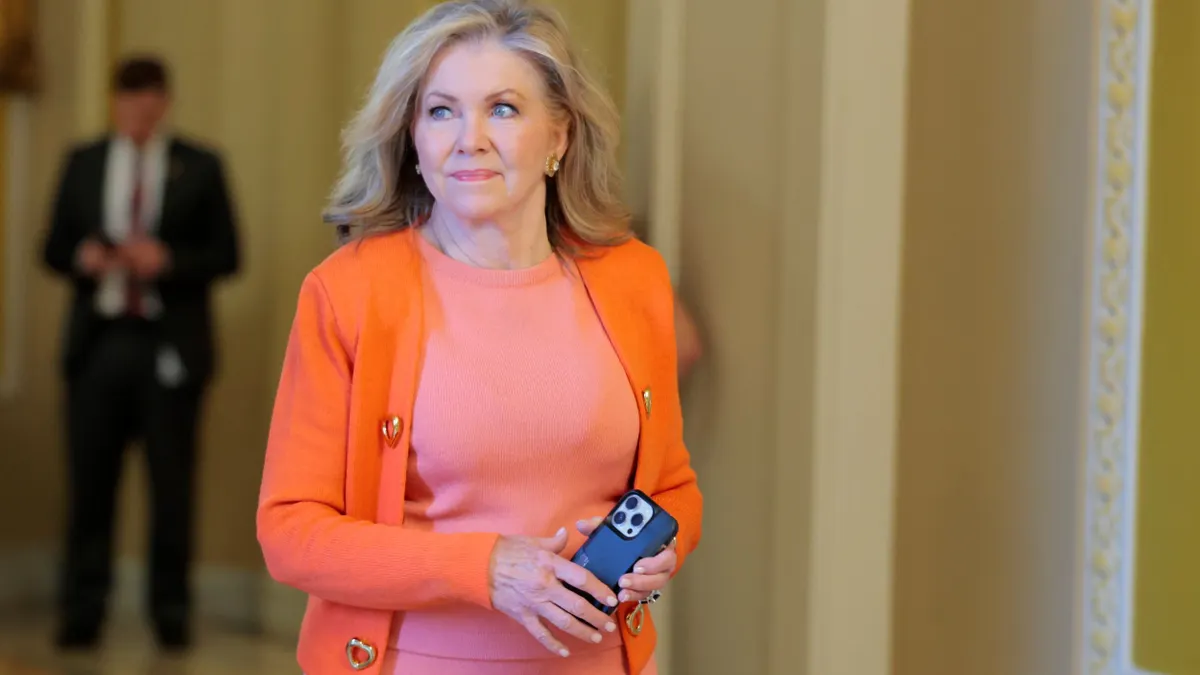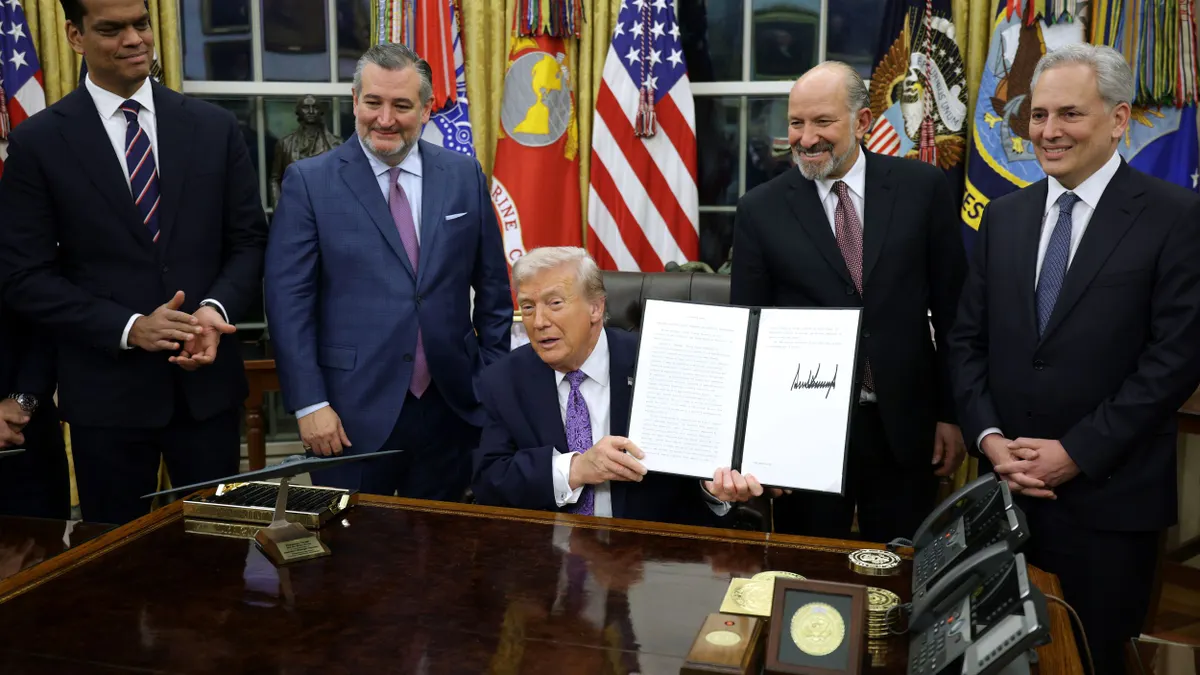While CFOs and financial professionals are aspiring to do more strategic work, the realities of their current day-to-day still make that difficult, said John Gronen, CFO of “purchase-to-pay” automation solutions provider Yooz.
The company, which offers e-invoicing and purchase-to-pay automation solutions, recently conducted a study which showed that while those in the C-suite expect finance to be able to devote significant portions of their time to strategic initiatives, only 33% of finance teams themselves stated they had the capacity to meet those expectations.
Much of the time, “the accounting and finance teams get so stuck in the weeds doing manual tasks...that by the time you get the books closed, you barely have time to analyze it before you start the next closed cycle,” Gronen said in an interview. “And so you're literally running from closed cycle to closed cycle.”
Automating strategically
One of the ways that finance leaders are exploring to narrow that gap between strategic expectations and deliverables for finance is by integrating new technologies that can help remove time-consuming manual tasks from employees’ dockets. Identifying processes that are antiquated or ripe for such automation is a key first step for finance chiefs.
“Every company, practically, that I've gone into, one of the first questions I always ask is, what are we doing today that we should stop doing?” Gronen said.
However, one of the barriers that can hamper this process, and thus finance’s strategic evolution, is a lack of understanding about the challenge the finance team is currently facing in the C-suite and where automation could prove the most helpful. Seventy-seven percent of finance professionals reported frustration with a lack of “operational awareness” among leaders regarding the daily operational issues they deal with, Yooz’s survey found.
To bridge that divide, C-suite leaders should spend time connecting with their teams and gaining an understanding of their day-to-day workflows, Gronen said. A 25-year veteran of the financial space, Gronen has always made a point of going out of the office of the CFO and sitting down with employees, he said. Piror to Yooz, his past experiences include fractional CFO and finance chief roles for companies including eGiftify and Sightline Payments, according to his LinkedIn profile.
“Keeping this to accounting and finance, I think when you sit down with them, you learn more about what's going on in their daily life, what's holding them back, and then it allows you to think strategically about, okay, what can we automate here?” he said.
Figuring out finance teams’ current frustrations is especially essential as CFOs grapple with both a shrinking pool of new accounting graduates and an uptick in qualified professionals leaving the industry. To entice new blood, companies are exploring everything from new technologies to new compensation benefits. Big Four firm Ernst & Young, for example, recently pledged to invest $1 billion over the next three to “revolutionize the experience of early career accounting professionals,” including hiking up starting salaries for certified public accountant-track professionals and investing in AI-enabled tax platforms, CFO Dive previously reported.
Keeping the eye on efficiency
Once identified, automating time-consuming processes can ease the burden on overworked finance teams and help to close that gap between the C-suite’s strategic expectations for finance and its true ability to deliver. That could include processes such as invoicing, a “mundane, monotonous task” that nonetheless needs to be done to close the books, Gronen said.
Placing automation in areas that can reduce the time it takes for that close cycle to complete can help give “the finance teams more time to kind of get to where CFOs would like them to be,” Gronen said.
That includes creating time for finance teams to provide critical information that helps finance chiefs run the business on a day-to-day basis, make long-term strategic decisions and “then helps us think through process improvement as well, because finance ultimately sees everything,” he said. “You’re seeing everything from payroll to expenses to capital expenditures.”
The advent of new technologies like AI will also help to complete finance’s transformation to a strategic leader —over the next decade or so. “You're going to see probably the majority of journal entries being done through AI, not through someone hand coding,” Gronen said.
This attention on AI and automation also comes at a time when companies are looking to shed their financial fat to attract funding in a tight market. Rising interest rates means the market for raising capital has gotten “significantly tougher” for companies than it was just a few years ago, Gronen said. With money no longer free, so to speak, businesses “really have to look at being very efficient,” he said.
Today, what private equity firms “are looking at now in terms of companies they want to put money into is number one, revenue growth,” but secondly, positive earnings before interest, taxes, depreciation, and amortization and EBITDA growth, he said.
Gronen declined to share specifics regarding Yooz’s own financials beyond that the company has a “a very high double digit growth rate,” he said.
“Like, all companies, at some point, we’ll either go public or sell the company, and so we control that pretty tightly,” he said.





















